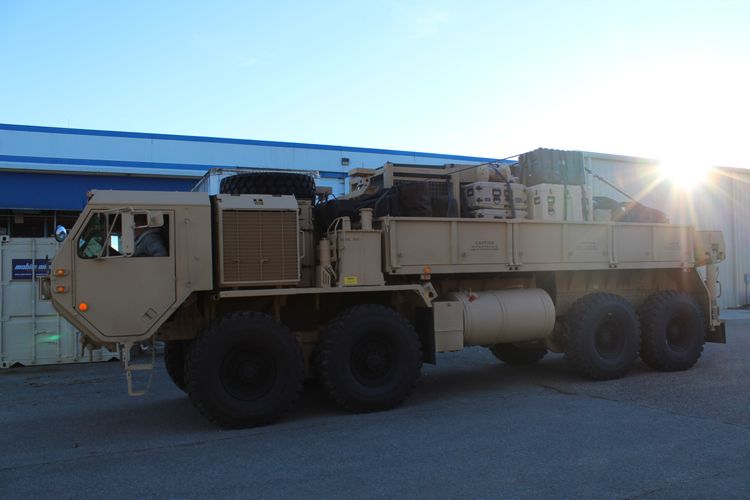
The U.S. Army received its first production related to the Integrated Battle Command System (IBCS) from Northrop Grumman Corporation in December 2023, setting up a key piece of its current air and missile defense modernization strategy.
Northrop Grumman delivered an Integrated Collaborative Environment (ICE), specifically, and intends to deliver more major end items – including the Engagement Operation Centers and Integrated Fire Control Network – early this year. ICE is a modular, electromagnetic interference-protected shelter for battle management workstations, granting cover to soldiers performing air and missile defense planning and defensive operations. The company will also provide product engineering and logistics support for the system.
“Northrop Grumman is working at an accelerated delivery schedule because the U.S. Army and its allies understand the power of IBCS and how it revolutionizes the warfighter’s approach to the battlespace,” Rebecca Torzone, vice president and general manager of combat systems and mission readiness at Northrop Grumman, said. “Providing IBCS equipment for testing and fielding brings more accurate decision making, improved situational awareness and a shield of security to the warfighter.”
IBCS is a command and control system and a bit of a universal umbrella for current and future assets, thanks to its modular and scalable architecture. Meant to fuse sensor data and rapidly inform shooting decisions, the Army sees it as a major counter-threat item for its soldiers. It’s currently being fielded in Poland, amid an environment where tensions remain high over Russia’s invasion of Ukraine.
When finished, IBCS should allow the military to rapidly network sensors, such as fielded and developmental radars, to its soldiers and provide fire control data across joint networks. Tests and demonstrations have confirmed its capabilities so far, and it is likely to play a major role in U.S. military plans in the years ahead.




